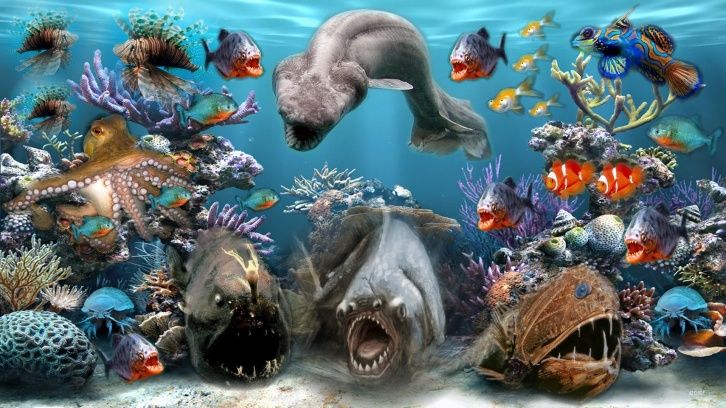
FAQ About Ocean Life

How do sea turtles navigate?
Sea turtles possess remarkable navigational abilities that enable them to undertake long-distance migrations and find their way back to specific nesting beaches. They rely on various cues and sensory mechanisms to navigate. Here are some key factors involved in the navigation of sea turtles:
- Magnetic Sensitivity: Sea turtles have the ability to detect and respond to Earth's magnetic field. They have magnetoreceptors, most likely located in their brains, which help them sense the Earth's magnetic field and use it as a navigational aid. By sensing variations in magnetic fields, sea turtles can determine their geographic location and orient themselves during migration.
- Orientation to Light: Hatchling sea turtles use light cues to guide their initial journey from the nest to the ocean. They have an innate preference for bright and natural light sources, such as the moon and stars, which help them head towards the water. Artificial lights from coastal developments can disorient hatchlings, leading them away from the ocean, which is why it is important to have proper lighting regulations in place.
- Orientation to Ocean Currents: Once in the water, sea turtles can use ocean currents to aid their navigation. They have an ability known as "natal homing," which allows them to return to the beach where they hatched to lay their own eggs. By utilizing knowledge of prevailing ocean currents, sea turtles can effectively navigate and orient themselves during migration and return to their natal beaches.
- Geomagnetic Mapping: Sea turtles are believed to have an internal "map" of the Earth's magnetic field. By comparing the magnetic field they currently experience with the magnetic field they remember from previous migrations, sea turtles can establish their position relative to their destination and adjust their course accordingly.
- Environmental Cues: Sea turtles can also rely on various environmental cues, such as ocean temperature, water chemistry, and odors, to help guide their movements. These cues provide additional information about their location and can be used in conjunction with other navigational strategies.
Other Questions About Ocean Life
- What is the largest ocean in the world?
- What is the deepest part of the ocean?
- How many oceans are there on Earth?
- What is the Great Barrier Reef?
- What is the most common type of shark?
- How do dolphins communicate?
- What is a coral reef?
- What is the difference between a seal and a sea lion?
- How do whales communicate?
- What is the process of photosynthesis in the ocean?
- How do sea turtles navigate?
- What is bioluminescence in marine organisms?
- What is the purpose of a blowhole in whales?
- How do fish breathe underwater?
- What is the world's largest fish?
- How do jellyfish sting?
- What is the Gulf Stream?
- How do octopuses change colors?
- What is the importance of plankton in the ocean?
- What is a marine ecosystem?
- What is the role of kelp forests in the ocean?
- How do marine mammals stay warm in cold waters?
- What is the significance of estuaries?
- How do ocean currents affect climate?
- What is the process of coral bleaching?
- How do fish swim in schools?
- What is the impact of overfishing on marine life?
- How do marine animals adapt to life in the deep sea?
- What is the purpose of a whale's baleen?
- What is the life cycle of a sea turtle?
- How do seahorses reproduce?
- What is the role of mangrove forests in coastal areas?
- What is the migration pattern of humpback whales?
- How do coral reefs form?

Create new FAQ page, write FAQs and publish for your clients, friends, colleagues, visitors, students, customers, guests, neighbors, or yourself.
Create Your Own FAQ Page now